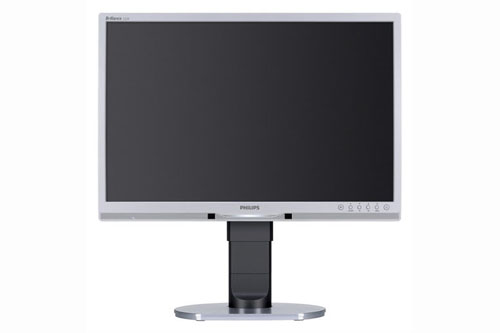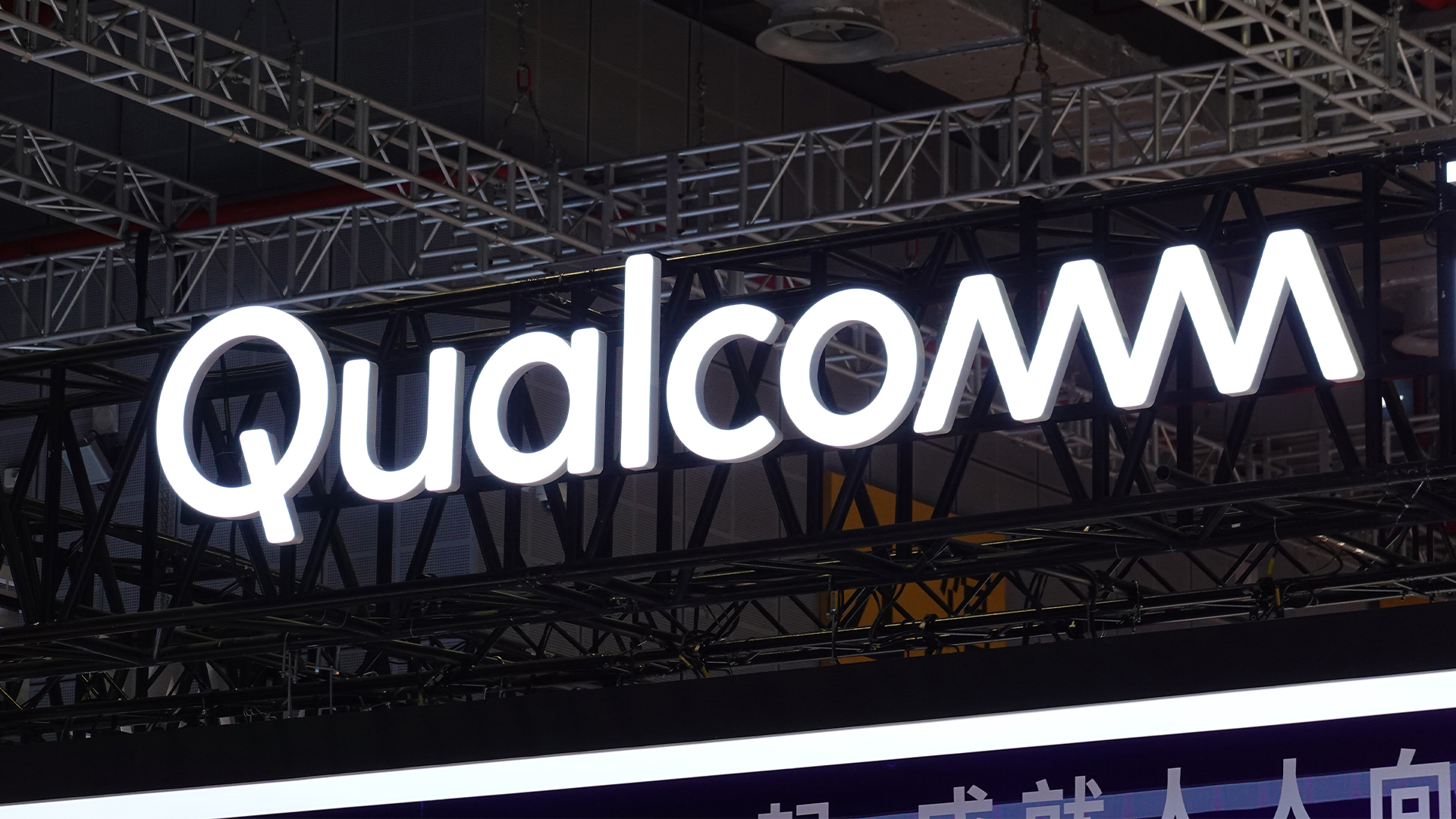Philips Brilliance 225B monitor review
Philips says the infrared sensor inside its 225B monitor can tell when you're not in front of it and drop the brightness and power. We put it to the test.
The PowerSensor on the Philips does the job and lowers screen brightness and therefore power consumption when you're literally out of the picture. Of course, you can get superior image quality for the money, but if you're more concerned with keeping those power costs down this monitor is one to keep in the frame.



Philips Brilliance 225B
While most monitors can viewed as much of a muchness in terms of features, with the Brilliance 225B Philips cannot be accused of not trying something different.
Taking it out of the box, the 225B admittedly does look much like your average 22in, 1,680 x ,1050 resolution display - silver bezel, buttons at the bottom right, name at the top left.
What's different here is not the slightly tacky blue light underneath the Philips logo but the two black squares placed on the speaker bar at the bottom.
These infra-red sensors are evidence of a feature dubbed by Philips as PowerSensor'. The idea is that the monitor can detect when you're not actually sitting in front of your machine and dim the screen automatically, dropping the power consumption from the default of 40 watts, to 20 watts, in order to save on those energy bills - something no company is going to argue about in the current climate or any other.
This is all fine and dandy as an idea but in practice it is a little tricky to set up. The sensor has five settings Off, 1, 2, 3, and 4, with four being the most powerful, and the range is given as 30cm 120cm. This means that when you're sitting very, very, close to the screen, you'll use setting one, but if further away you'll need use a higher setting.
The default is set to 3, but we found that sitting a perfectly normal distance from the display at our desk, unless we used setting 4, the monitor couldn't detect our presence, and dropped into powersaving mode, with a rather irritating 'PowerSensor Saving Mode ON' message appearing bang in the middle of the screen. This disappears as soon as you move back in front of the screen however.
Sign up today and you will receive a free copy of our Future Focus 2025 report - the leading guidance on AI, cybersecurity and other IT challenges as per 700+ senior executives
Benny Har-Even is a twenty-year stalwart of technology journalism who is passionate about all areas of the industry, but telecoms and mobile and home entertainment are among his chief interests. He has written for many of the leading tech publications in the UK, such as PC Pro and Wired, and previously held the position of technology editor at ITPro before regularly contributing as a freelancer.
Known affectionately as a ‘geek’ to his friends, his passion has seen him land opportunities to speak about technology on BBC television broadcasts, as well as a number of speaking engagements at industry events.
-
 Qualcomm the data center with $2.4 billion Alphawave Semi acquisition
Qualcomm the data center with $2.4 billion Alphawave Semi acquisitionNews The move sees Qualcomm absorb Alphawave Semi’s portfolio of custom silicon, high-speed connectivity solutions, and chiplets
By Daniel Todd Published
-
 ‘If software development were an F1 race, these inefficiencies are the pit stops that eat into lap time’: Why developers need to sharpen their focus on documentation
‘If software development were an F1 race, these inefficiencies are the pit stops that eat into lap time’: Why developers need to sharpen their focus on documentationNews Poor documentation is a leading frustration for developers, research shows, but many are shirking responsibilities – and it's having a huge impact on efficiency.
By Ross Kelly Published
-
 OpenAI says GPT-5.2-Codex is its ‘most advanced agentic coding model yet’ – here’s what developers and cyber teams can expect
OpenAI says GPT-5.2-Codex is its ‘most advanced agentic coding model yet’ – here’s what developers and cyber teams can expectNews GPT-5.2 Codex is available immediately for paid ChatGPT users and API access will be rolled out in “coming weeks”
By Ross Kelly Published
